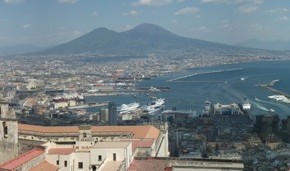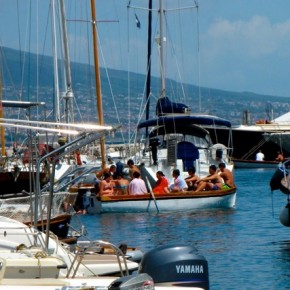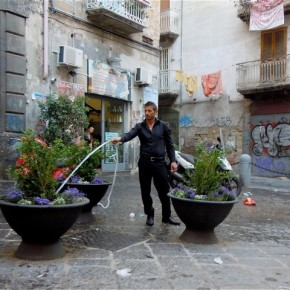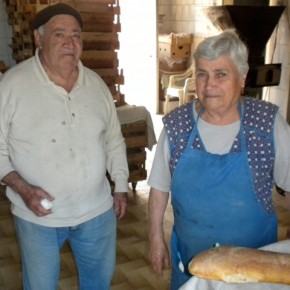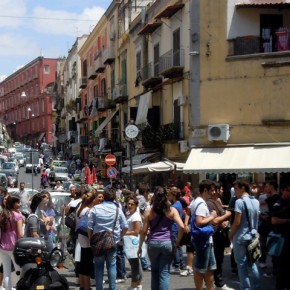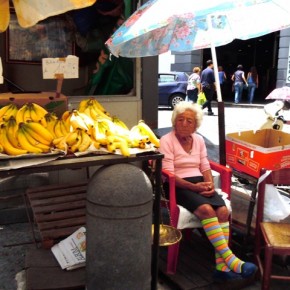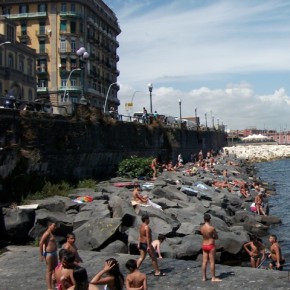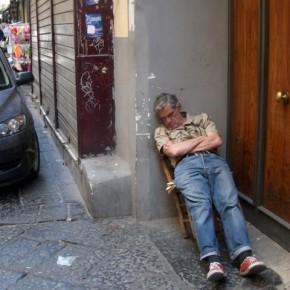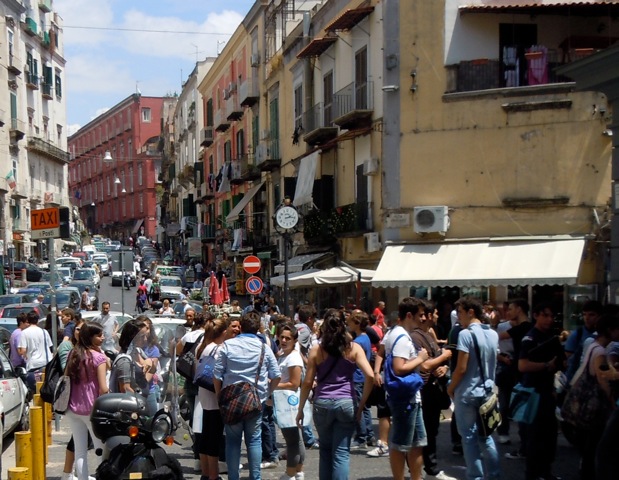
by Mitchell Murdock:
Most memoirs I have read featuring an “American enamored with Italy” have portrayed Italy as a country of sassy butchers and gourmet pasta and—ohh, look at the sweet little cobblestones! But Naples has been my home for a month now, and I have found these descriptions at best sickeningly quaint—and at worst grossly generalized. Naples is Italy’s gift to the world: the city’s garbage and traffic and grime prevent one from unduly romanticizing the country.

Naples certainly isn’t inviting, at least not at first. Most travel books offer a note of caution to the casual tourist, probably because Naples and the Italian South are so distant from expectations. The streets have not been cleaned in centuries, literally, and the city’s 13th century grandeur shines only faintly through years of abuse. Many Neapolitans blame the Camorra, Naples’s mafia, for some of their city’s problems. Naples is also plagued by the Italian culture of deranged politics, which The Economist and The New Yorker recently featured in scathing profiles of President Berlusconi.
But Naples’s socioeconomic troubles simply mean the city isn’t immediately accessible. Beyond the mountains of trash lies a gritty character, which in many ways embodies the spirit of Italy. Locals are proud of their city’s history: 300 years ago, Naples was the world’s third most populous city, and some historians consider Naples a former capital of the world. The city is definitely chaotic and rude, but what makes Naples a unique insight into Italy is its combination of history, flamboyance. Ultimately, Naples’s grit and salty Neapolitans could very well afford travelers a truer understanding of la vita bella.
Click on the images below to get a glimpse into my explorations of Naples:
